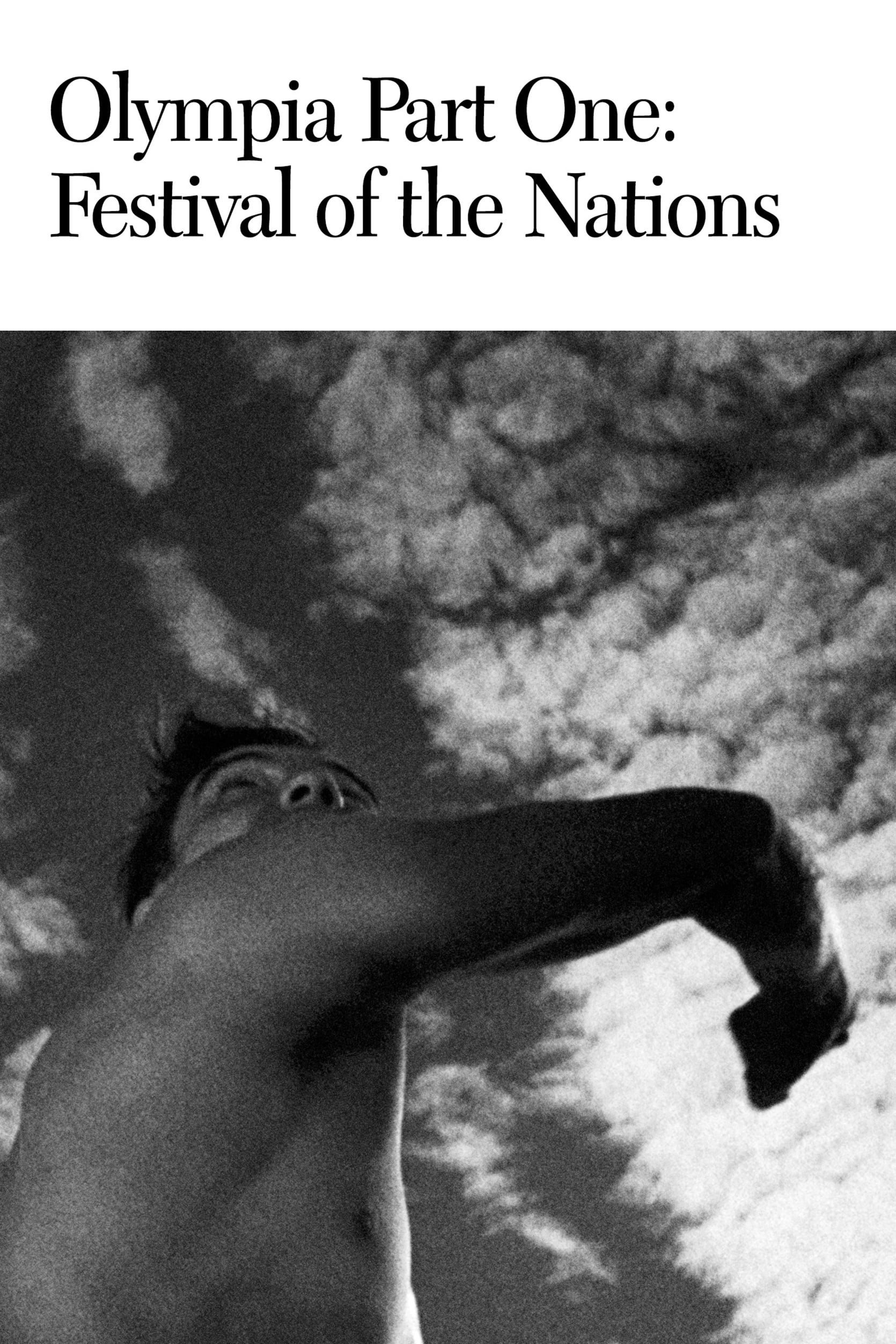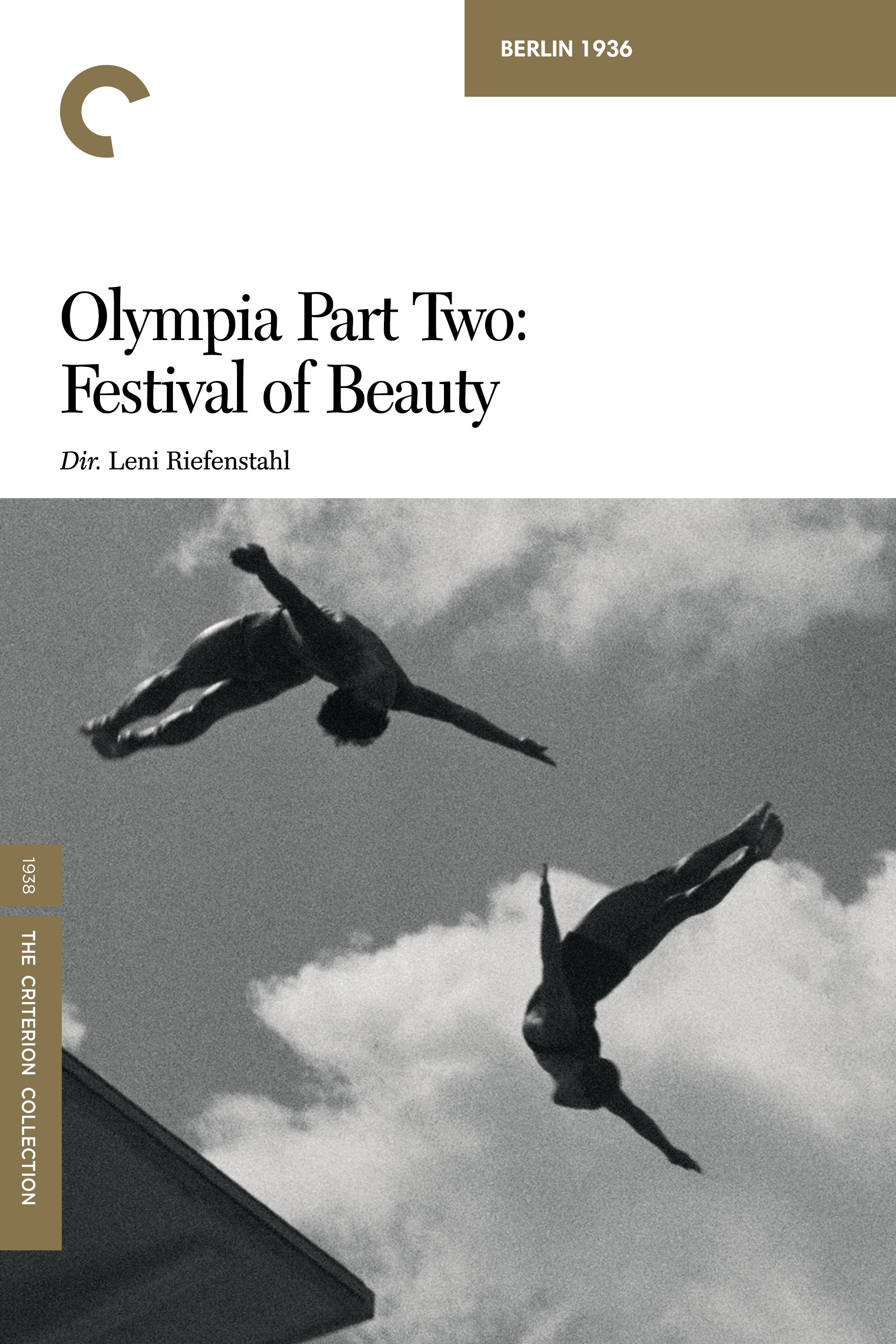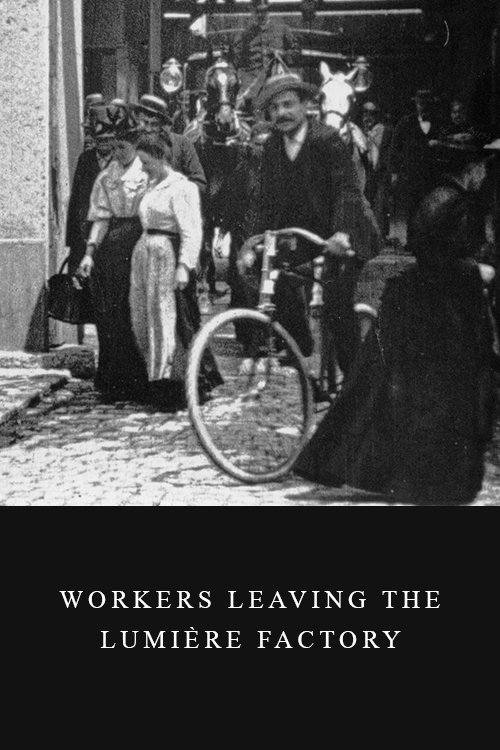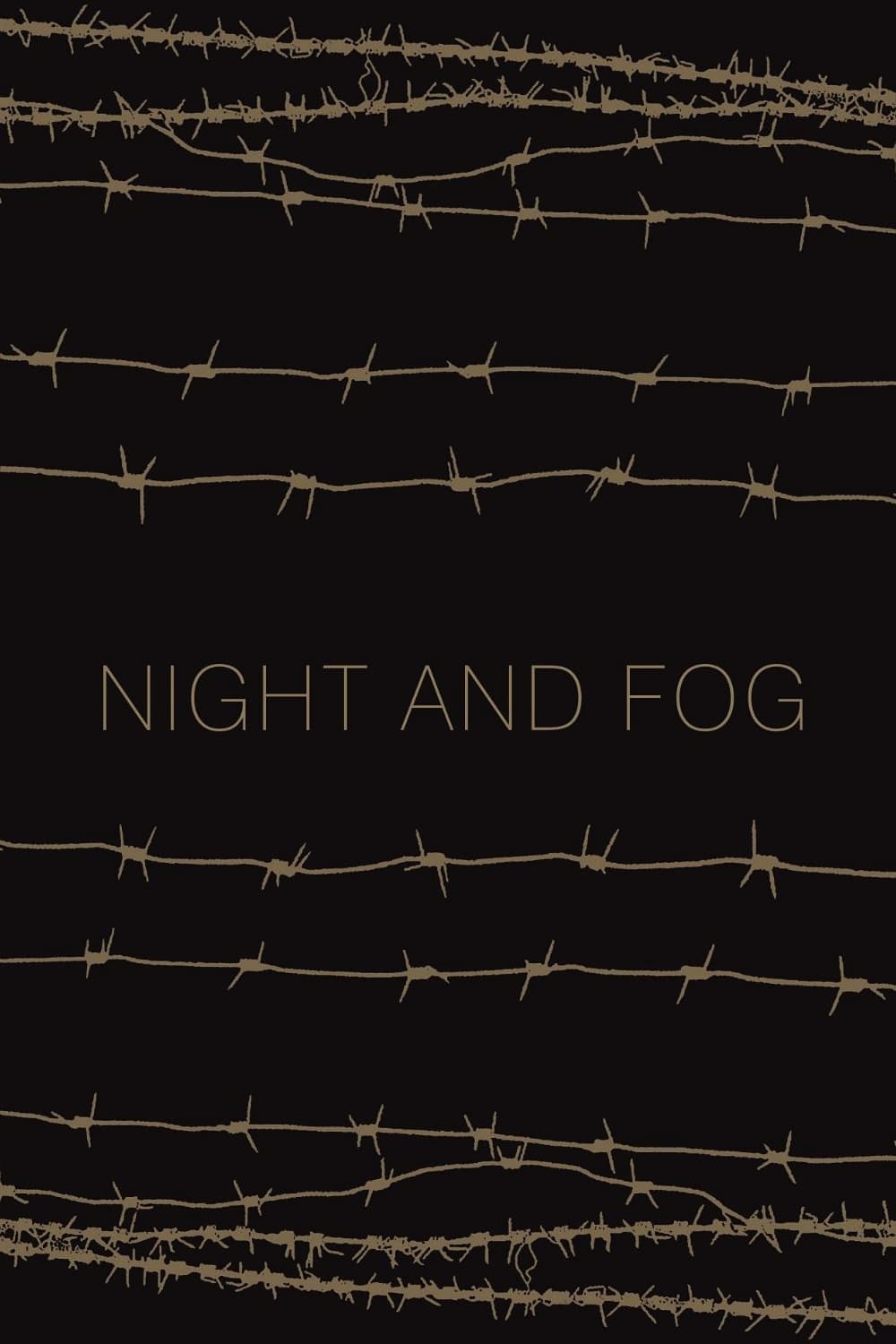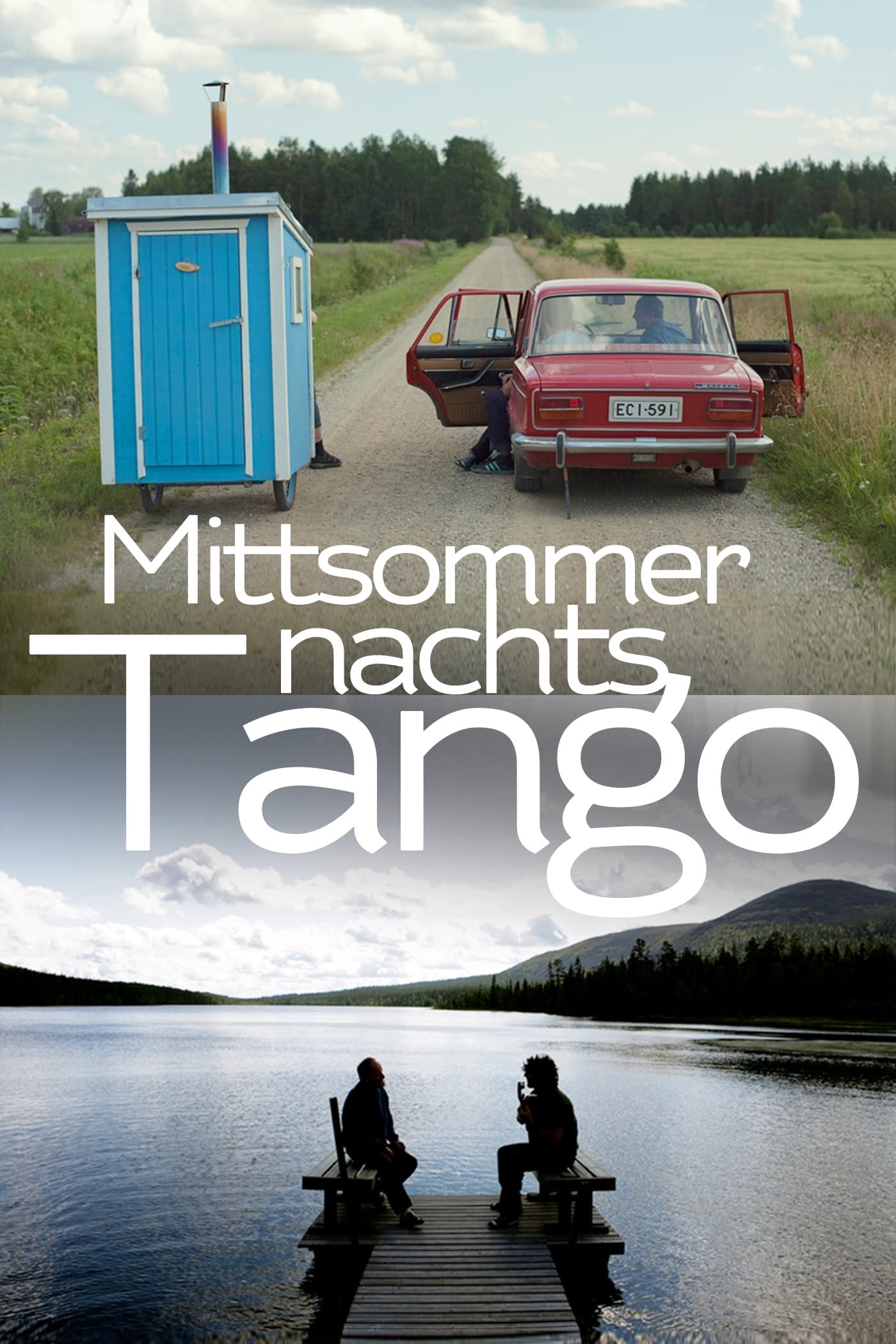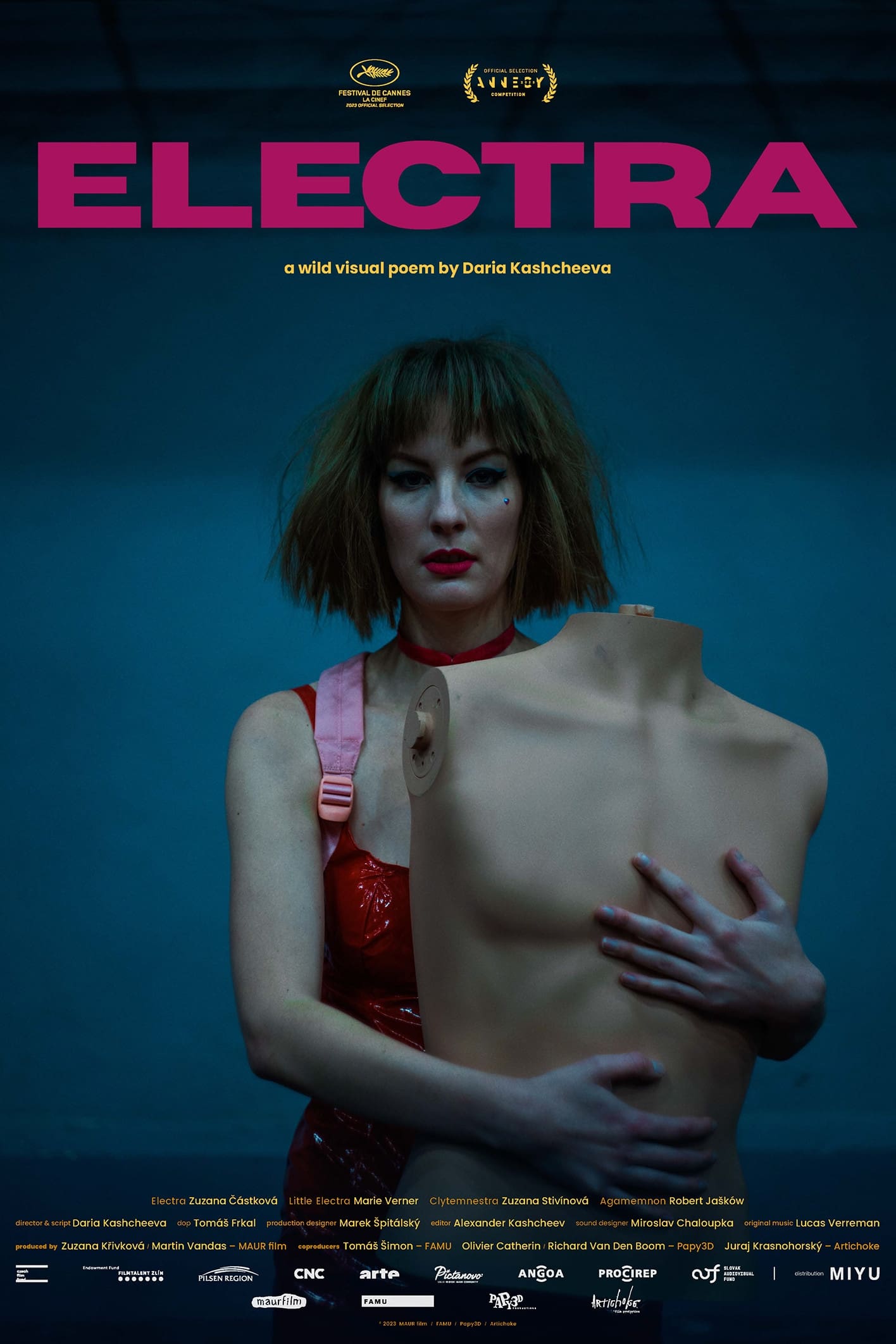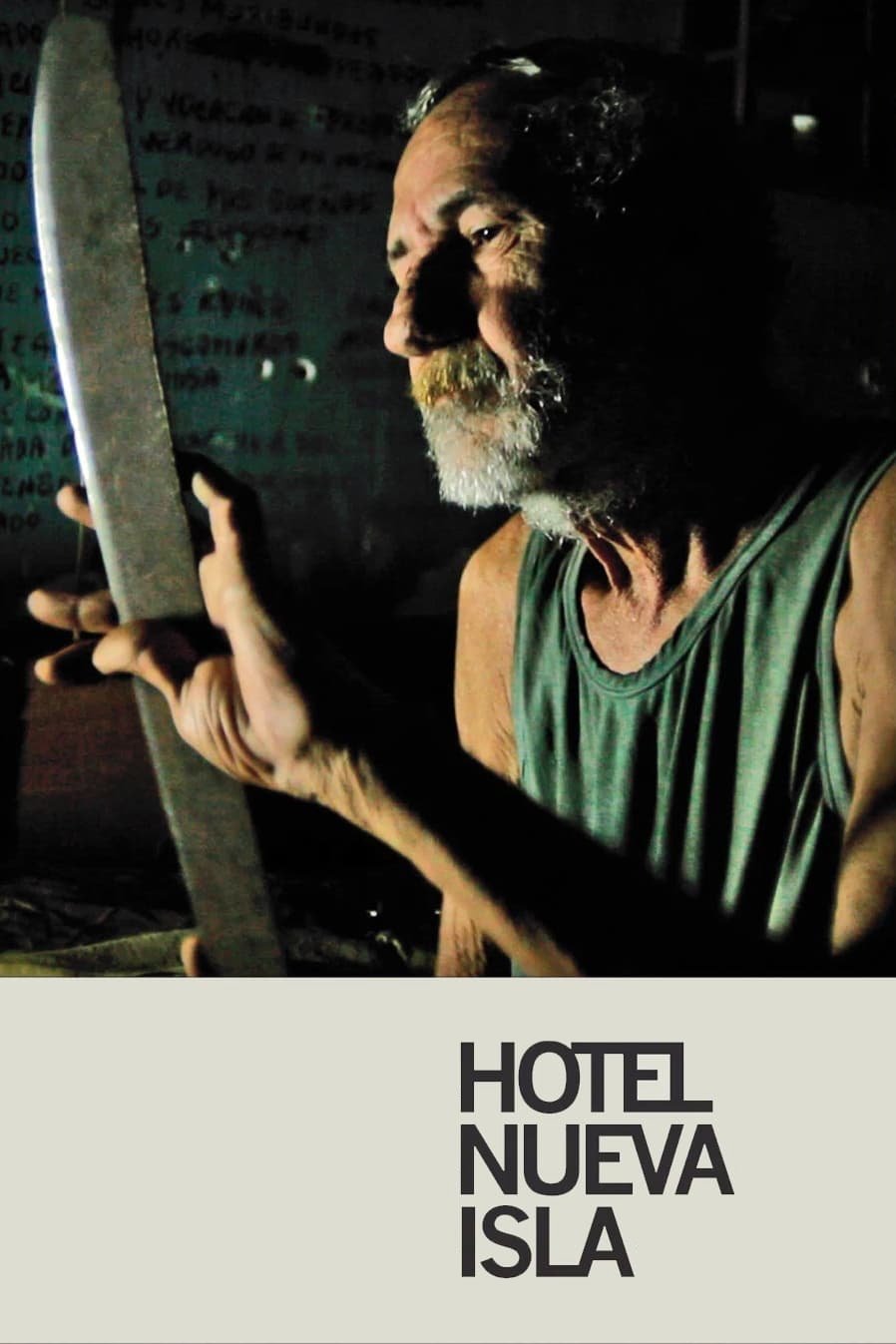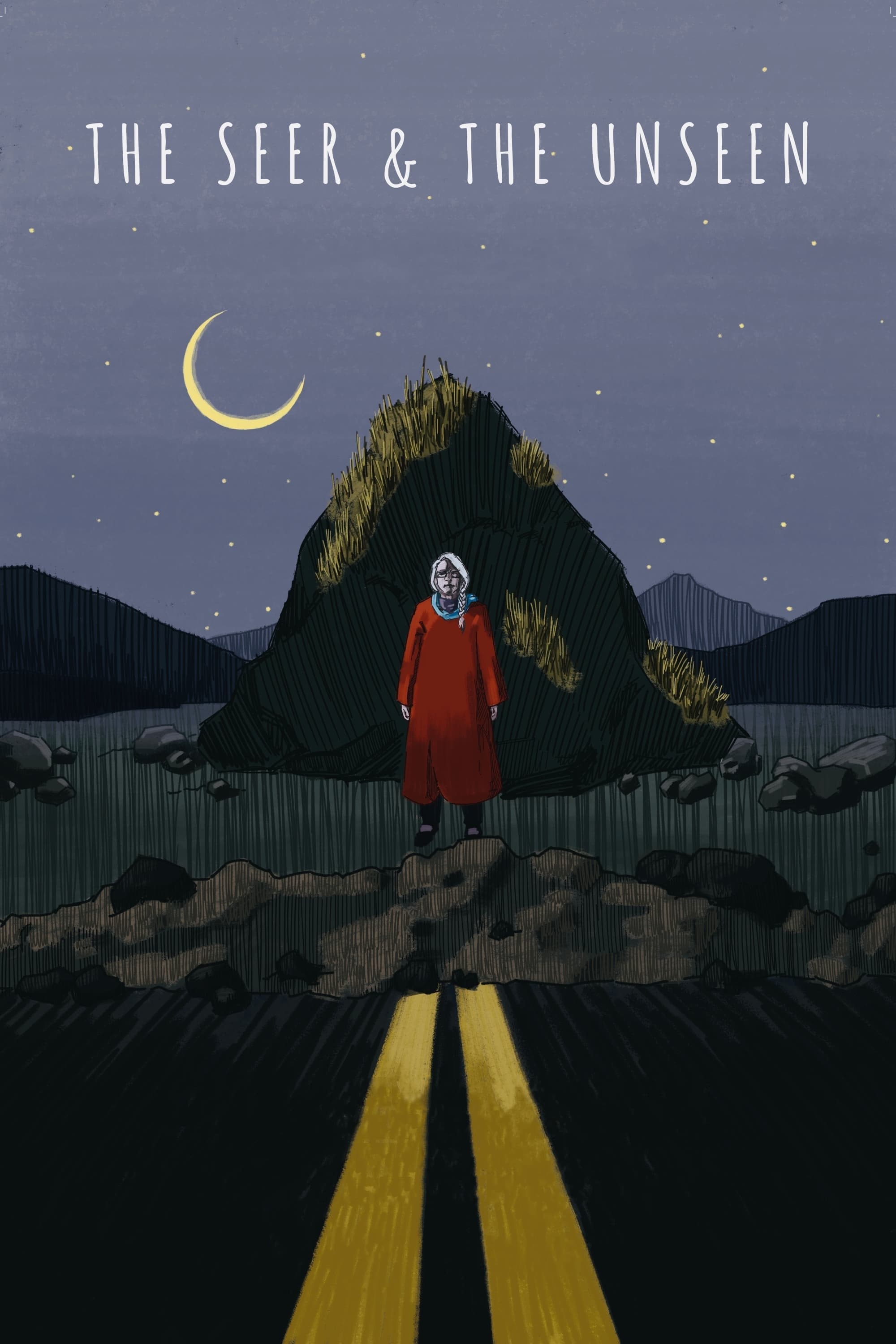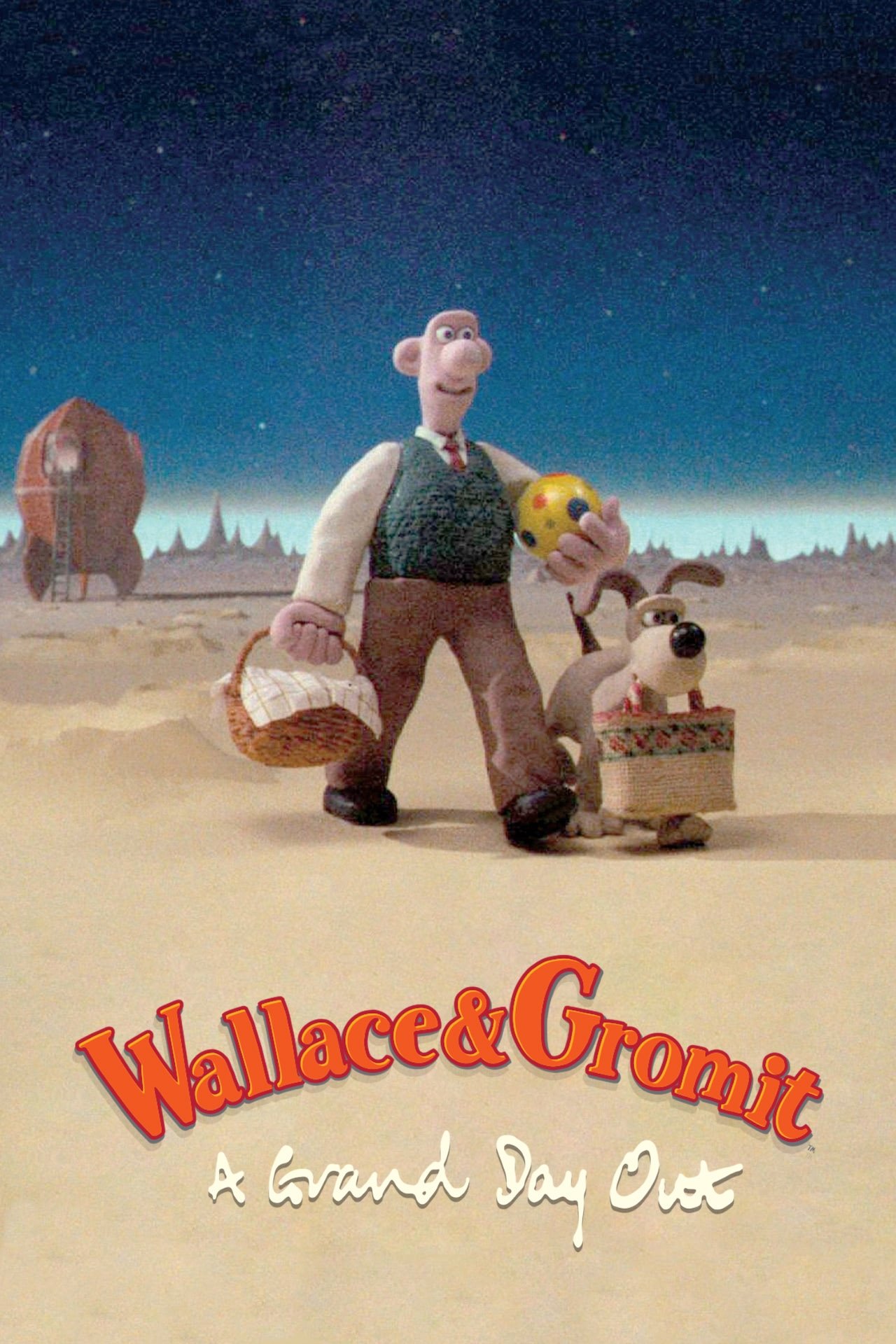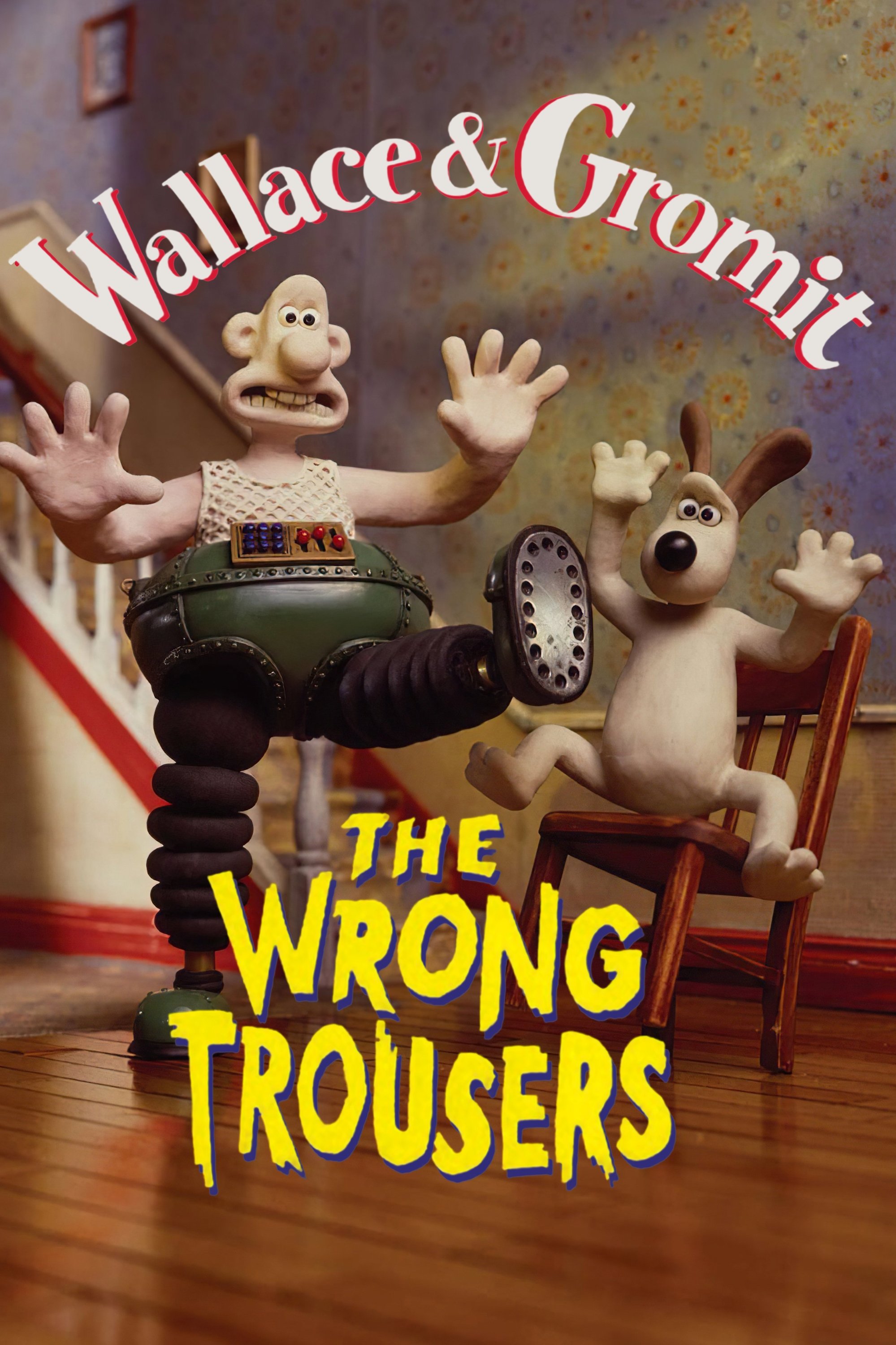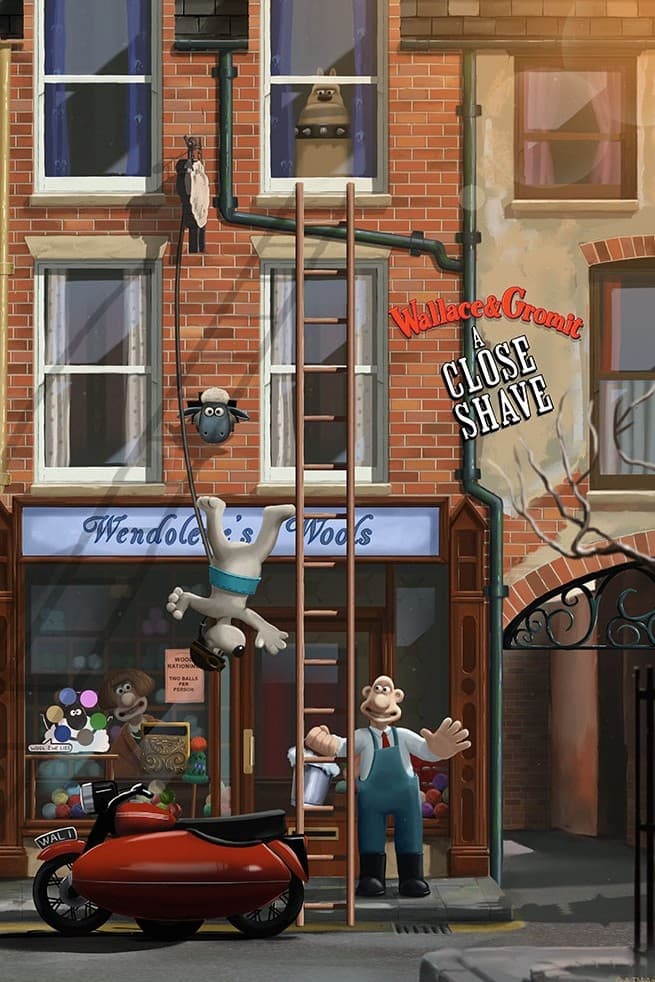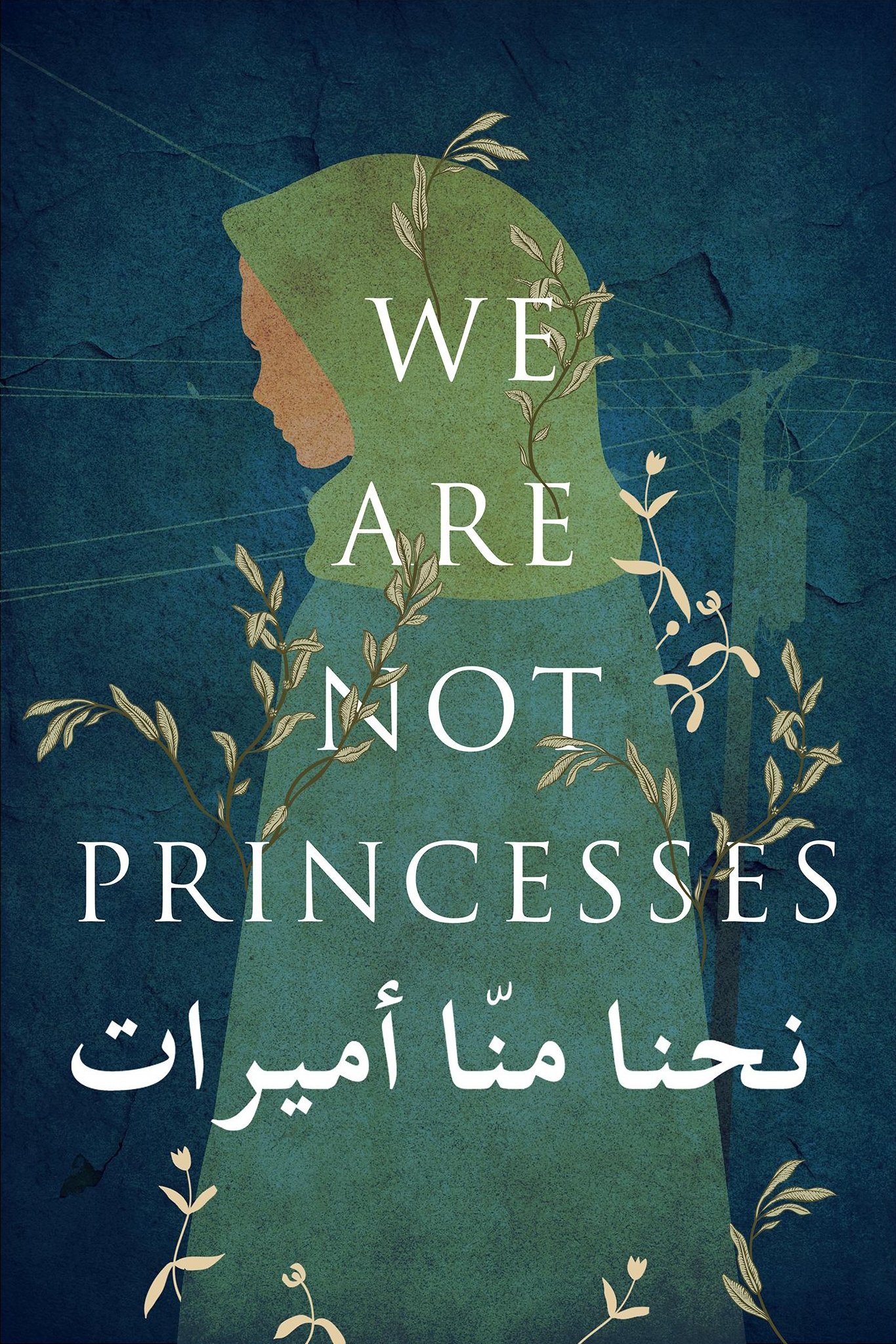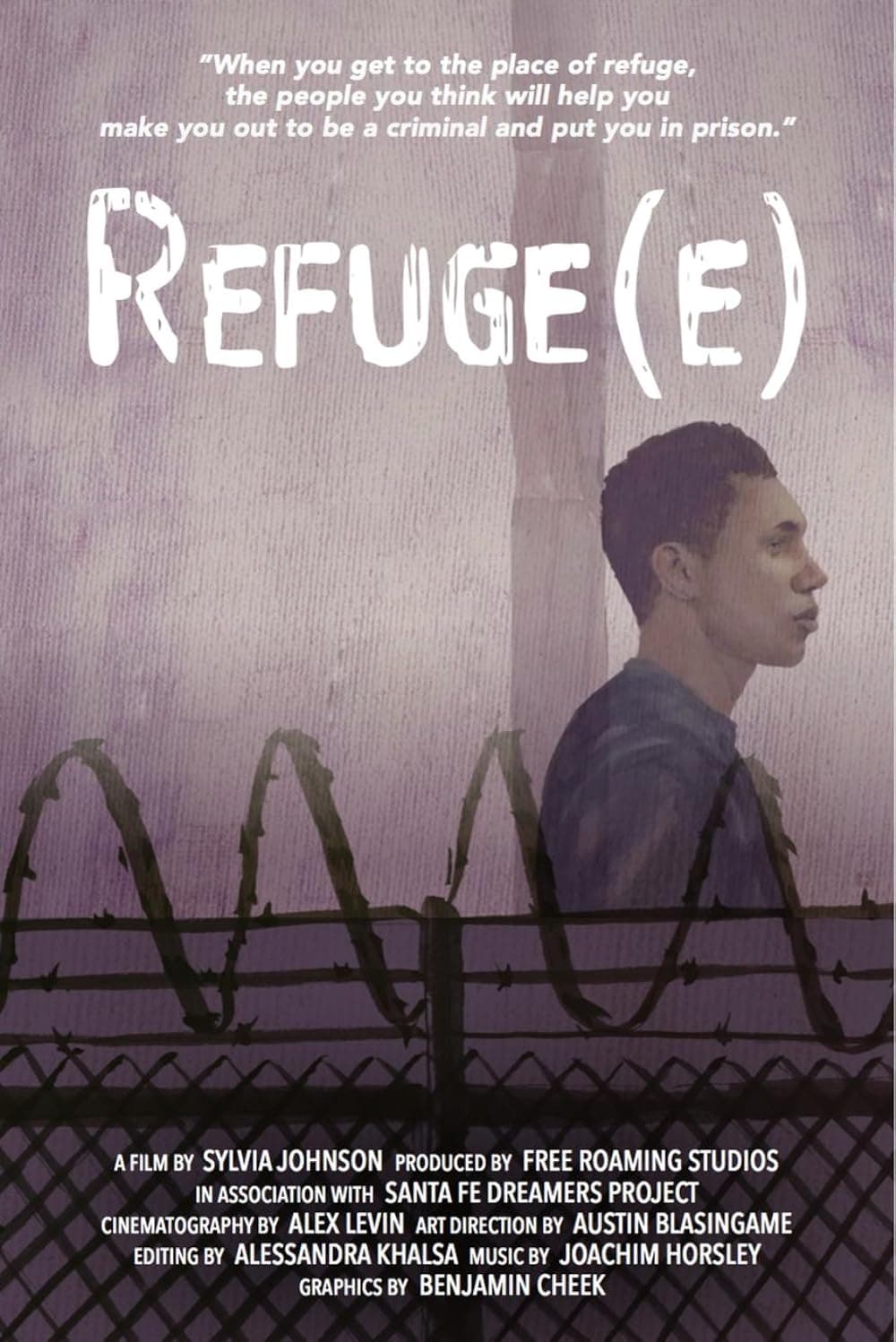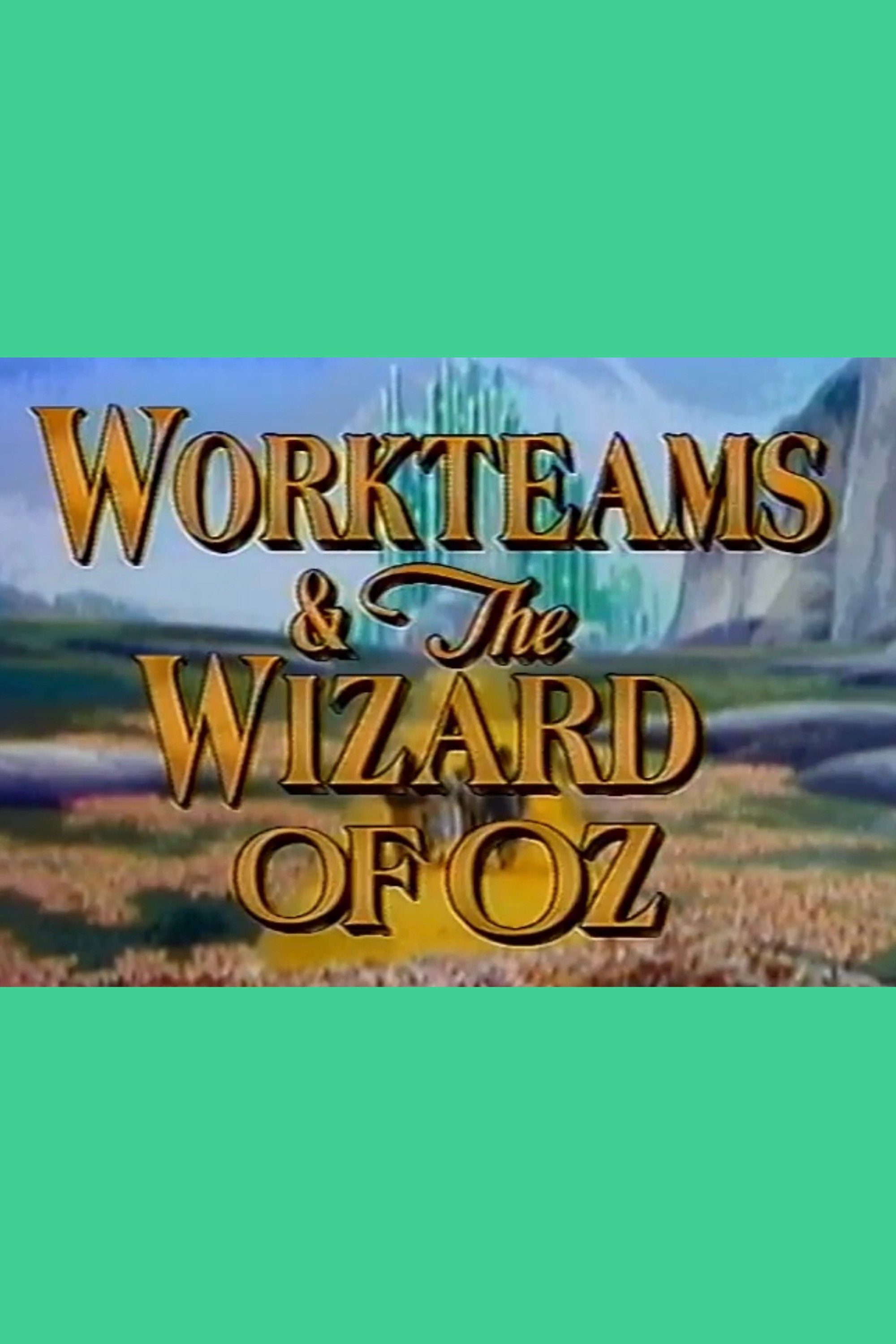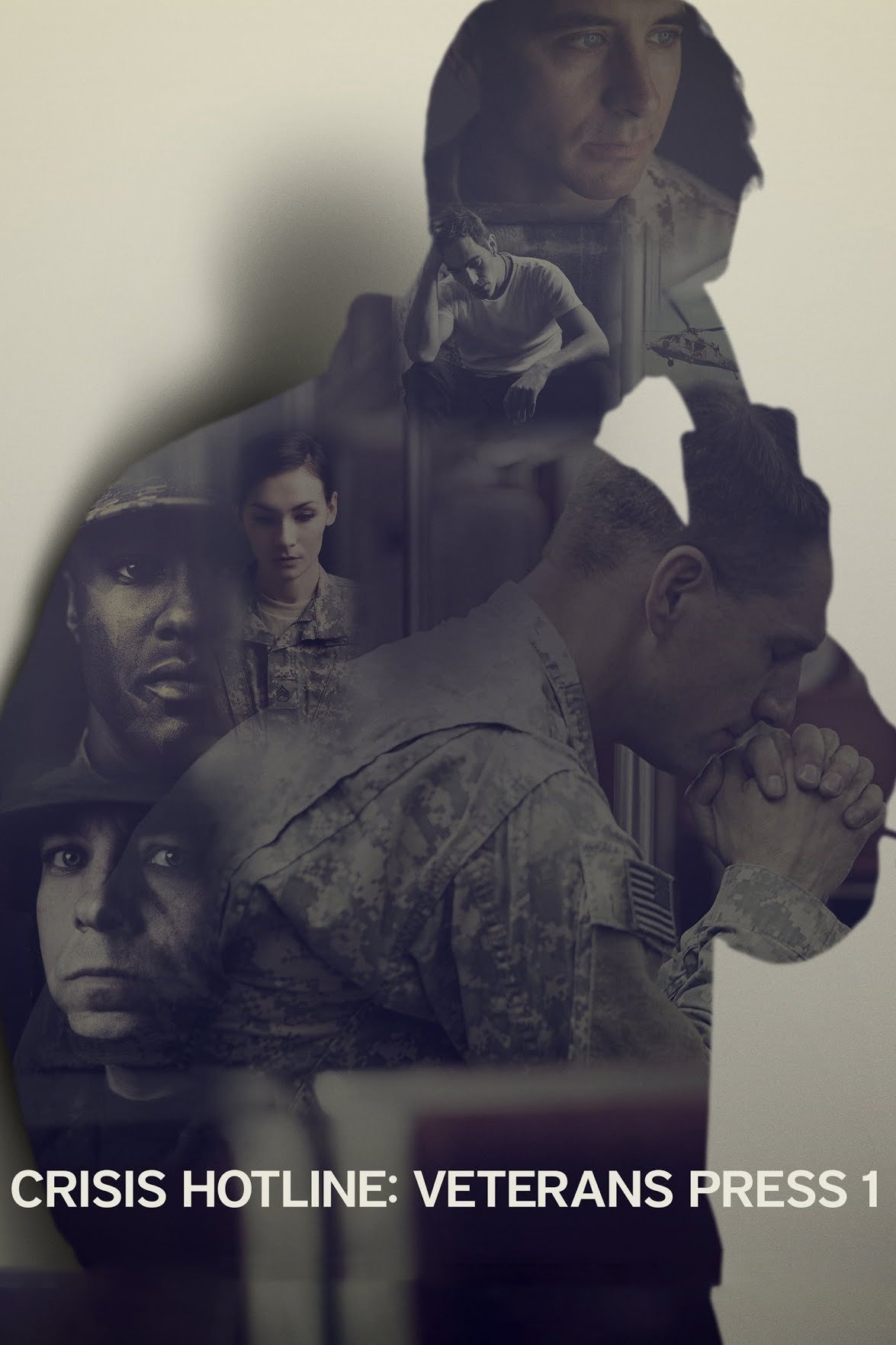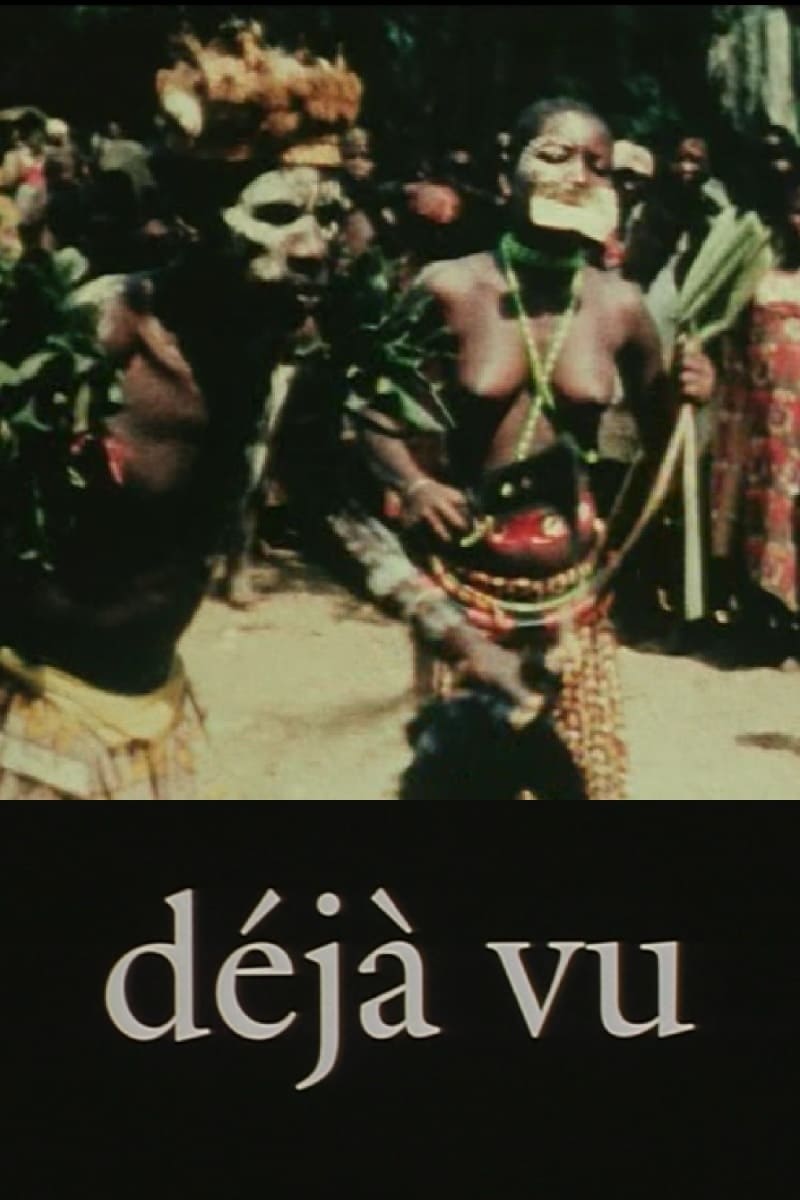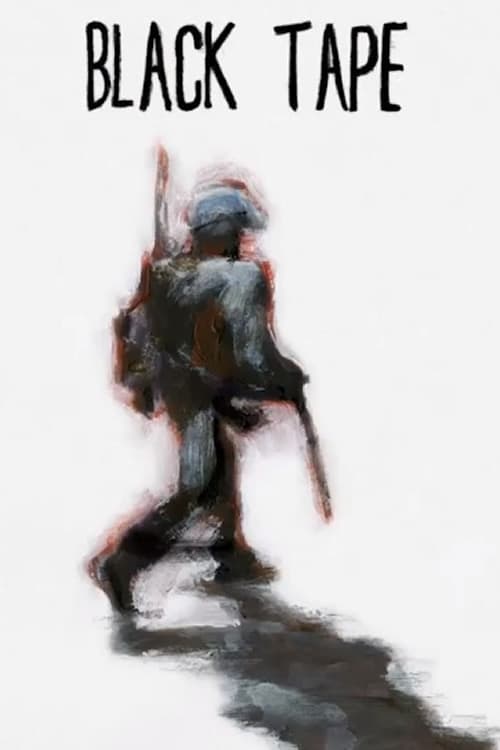
Black Tape (2014)
Overview
Black Tape explores the theme of domination. In an entangled tango, the victim and victimizer dance, occupying the frame and space between brushstrokes.
Production Companies
Additional Info
| Budget | $0.00 |
|---|---|
| Revenue | $0.00 |
| Original Language | en |
| Popularity | 0.1148 |
Directed By
Michelle Kranot
Uri Kranot
TOP CAST
Similar Movies
Olympia: Part One – Festival of the Nations
Commissioned to make a propaganda film about the 1936 Olympic Games in Germany, director Leni Riefenstahl created a celebration of the human form. This first half of her two-part film opens with a renowned introduction that compares modern Olympians to classical Greek heroes, then goes on to provide thrilling in-the-moment coverage of some of the games' most celebrated moments, including African-American athlete Jesse Owens winning a then-unprecedented four gold medals.
Olympia: Part Two – Festival of Beauty
Commissioned to make a propaganda film about the 1936 Olympic Games in Germany, director Leni Riefenstahl created a celebration of the human form. Where the two-part epic's first half, Festival of the Nations, focused on the international aspects of the 1936 Olympic Games held in Berlin, part two, The Festival of Beauty, concentrates on individual athletes such as equestrians, gymnasts, and swimmers, climaxing with American Glenn Morris' performance in the decathalon and the games' majestic closing ceremonies.
Workers Leaving the Lumière Factory
Working men and women leave through the main gate of the Lumière factory in Lyon, France. Filmed on 22 March 1895, it is often referred to as the first real motion picture ever made, although Louis Le Prince's 1888 Roundhay Garden Scene pre-dated it by seven years. Three separate versions of this film exist, which differ from one another in numerous ways. The first version features a carriage drawn by one horse, while in the second version the carriage is drawn by two horses, and there is no carriage at all in the third version. The clothing style is also different between the three versions, demonstrating the different seasons in which each was filmed. This film was made in the 35 mm format with an aspect ratio of 1.33:1, and at a speed of 16 frames per second. At that rate, the 17 meters of film length provided a duration of 46 seconds, holding a total of 800 frames.
Night and Fog
Filmmaker Alain Resnais documents the atrocities behind the walls of Hitler's concentration camps.
How We Played the Revolution
It was the year 1984 when a group of architects decided to organize a one night music band as a New Year's party joke in Kaunas, Lithuania. The joke proved to be so good that rumors about the new exciting rock band spread from lips to lips and soon their intellectual circus grew into the Rock Marches - massive events involving thousands of people - that transformed into the big meetings for Lithuanian Independence later named the Singing Revolution. This is the story about the people who raised their independence with the smiles and songs regardless of the danger of the situation.
Midsummer Night's Tango
Finns have a quirky sense of humour - and are a bit shy. But: Tango is THE folk music of the Finns. The documentary discovers the Finnish tango from the viewpoint of the singer Chino Laborde, the guitarist Diego "DIPI" Kvitko and the bandoneonist Pablo Greco. The three Argentine musicians travel to Finland to find out whether Aki Kaurismäki is telling the truth when he asserts that tango music was invented in Finland.
Brasslands
Half a million people descend upon a tiny Serbian village for the 50th anniversary of the world's largest trumpet festival. Brasslands chronicles the cultural and musical collisions through the personal journeys of 3 musicians - American, Serbian, Roma - whose lives are bound to Balkan brass for very different reasons.
Hotel Nueva Isla
In the early twentieth century, the Hotel Nueva Isla was an emblematic luxury hotel. After the Cuban Revolution, it was confiscated by the State and became a shelter for homeless people. Located in Old Havana, today it is an imposing ruin. Jorge de los Rios, a retired clerk, is one of the few residents who remain there, along with La Flaca, his lover, and Waldo, a young itinerant. As the rest leave for safer places, Jorge clings to his dilapidated home and its buried treasures, slowly digging his way through its debris. The film speaks poignantly to a lost generation who fought in the Cuban Revolution and dreamed of a better society.
Jack and Jill
A short animated retelling of the rhyme in the "follow the bouncing ball" style.
The Seer and the Unseen
A magic realist fable about invisible elves, financial collapse and the surprising power of belief, told through the story of an Icelandic woman - a real life Lorax who speaks on behalf of nature under threat.
A Grand Day Out
Wallace and Gromit have run out of cheese, and this provides an excellent excuse for the duo to take their holiday to the moon, where, as everyone knows, there is ample cheese. Preserved by the Academy Film Archive.
The Wrong Trousers
Wallace rents out Gromit's former bedroom to a penguin, who takes up an interest in the techno pants created by Wallace. However, Gromit later learns that the penguin is a wanted criminal. Preserved by the Academy Film Archive.
A Close Shave
Wallace's whirlwind romance with the proprietor of the local wool shop puts his head in a spin, and Gromit is framed for sheep-rustling in a fiendish criminal plot.
We Are Not Princesses
We Are Not Princesses is a documentary film about the incredible strength and spirit of four Syrian women living as refugees in Beirut as they come together to tell their stories of love, loss, pain and hope through the ancient Greek play, Antigone.
Refuge(e)
Refuge(e) traces the incredible journey of two refugees, Alpha and Zeferino. Each fled violent threats to their lives in their home countries and presented themselves at the US border asking for political asylum, only to be incarcerated in a for-profit prison for months on end without having committed any crime. Thousands more like them can't tell their stories.
Workteams & the Wizard of Oz
Ken Blanchard describes six keys to successful teamwork, all found in a Hollywood movie classic.
Crisis Hotline: Veterans Press 1
According to the U.S. Department of Veterans Affairs, one veteran dies by suicide in America every 80 minutes. While only 1% of Americans has served in the military, former service members account for 20% of all suicides in the U.S. Based in Canandaigua, NY and open 24 hours a day, 365 days a year, the Veterans Crisis Line receives more than 22,000 calls each month from veterans of all conflicts who are struggling or contemplating suicide. This timely documentary spotlights the traumas endured by America’s veterans, as seen through the work of the hotline’s trained responders. CRISIS HOTLINE captures extremely private moments, where the professionals, many of whom are themselves veterans or veterans’ spouses, can often interrupt the thoughts and plans of suicidal callers to steer them out of crisis.
Déjà vu
Somewhere in a subtropical country white visitors crowd around dark-skinned plantation workers emptying their harvest baskets. They look curious, as if wanting to test the quality of the tea leaves. Everywhere tourists take out their cameras whether in front of large animals in the wild or camel riders, whether in the face of decorated human bodies or daily work routines. Now and again they look into the camera themselves. For later, for when they will proudly show their 'exotic' finds at home. This posing contains a model of western travels and picture making which is over a century old. The fascinated gaze on the foreigners fixes them in pre-formed frames. Lisl Ponger follows the trail of that gaze by taking amateur found footage material and linking it together in new ways.
